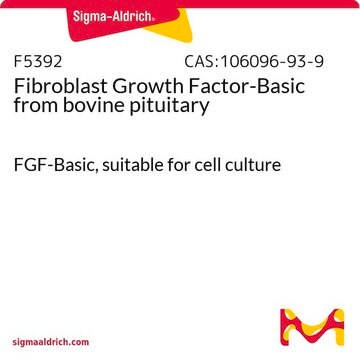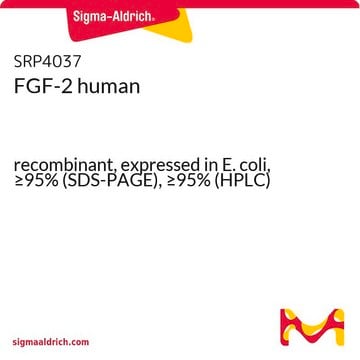The number of times that one can use FLAAS ATP Assay Kit is dependent upon the sample. Frequently, serial dilutions of the sample, as well as the kit reagents, are required. If no dilutions were required the ATP Assay MIx is reconstituted to 5 mL and added to the sample at 0.1 mL. The dilution factor will need to be determined by the end-user. Please note, FLAAS is stable for at least 24 hours at 2–8 °C, or over two weeks if stored frozen at –20 °C. Working concentrations of the serially diluted standard are stable for up to 8 hours when stored in ice.
Please view the product data sheet for more information, including dilution factor details:
https://www.sigmaaldrich.com/deepweb/assets/sigmaaldrich/product/documents/308/573/flaabul.pdf










